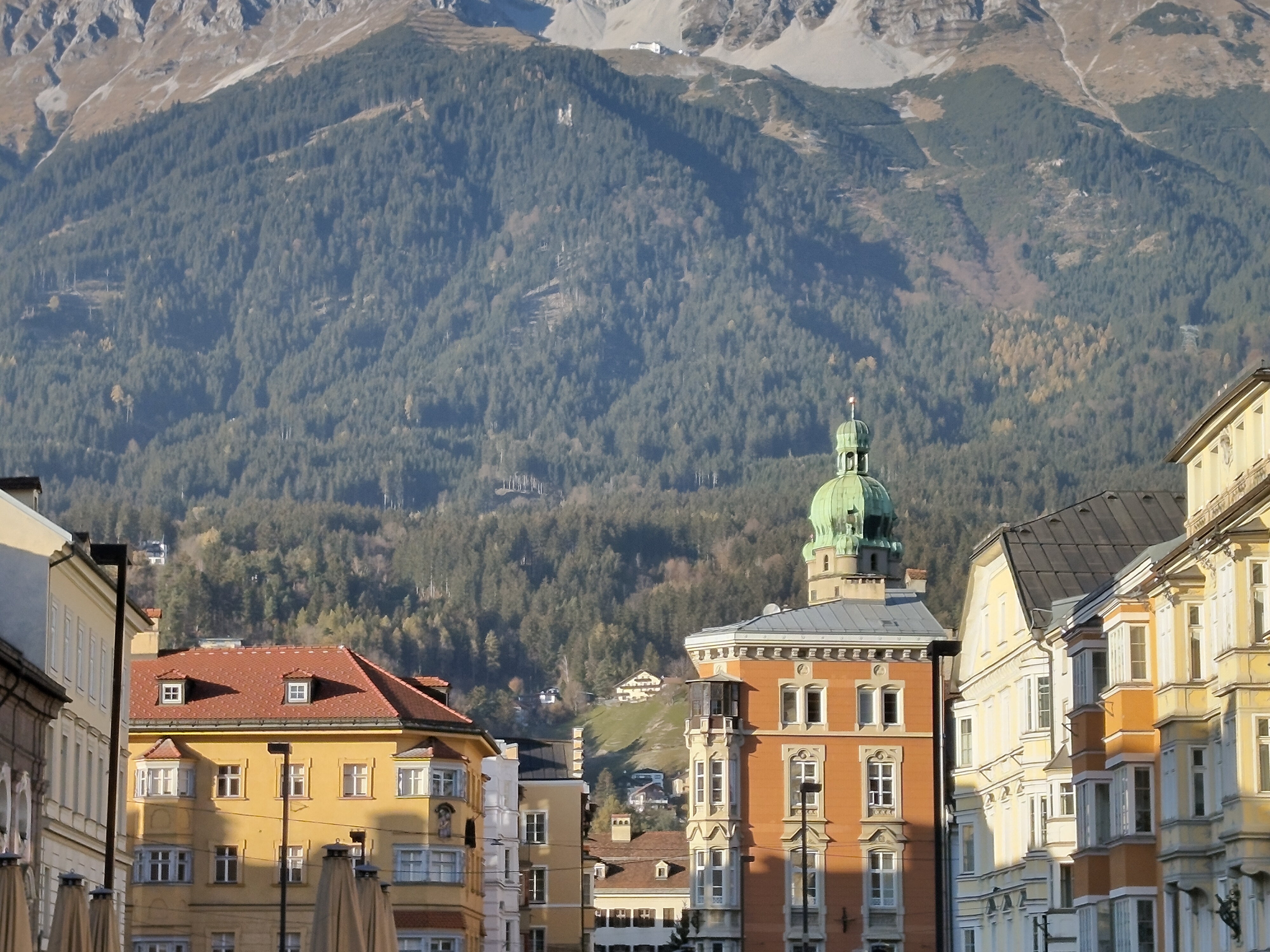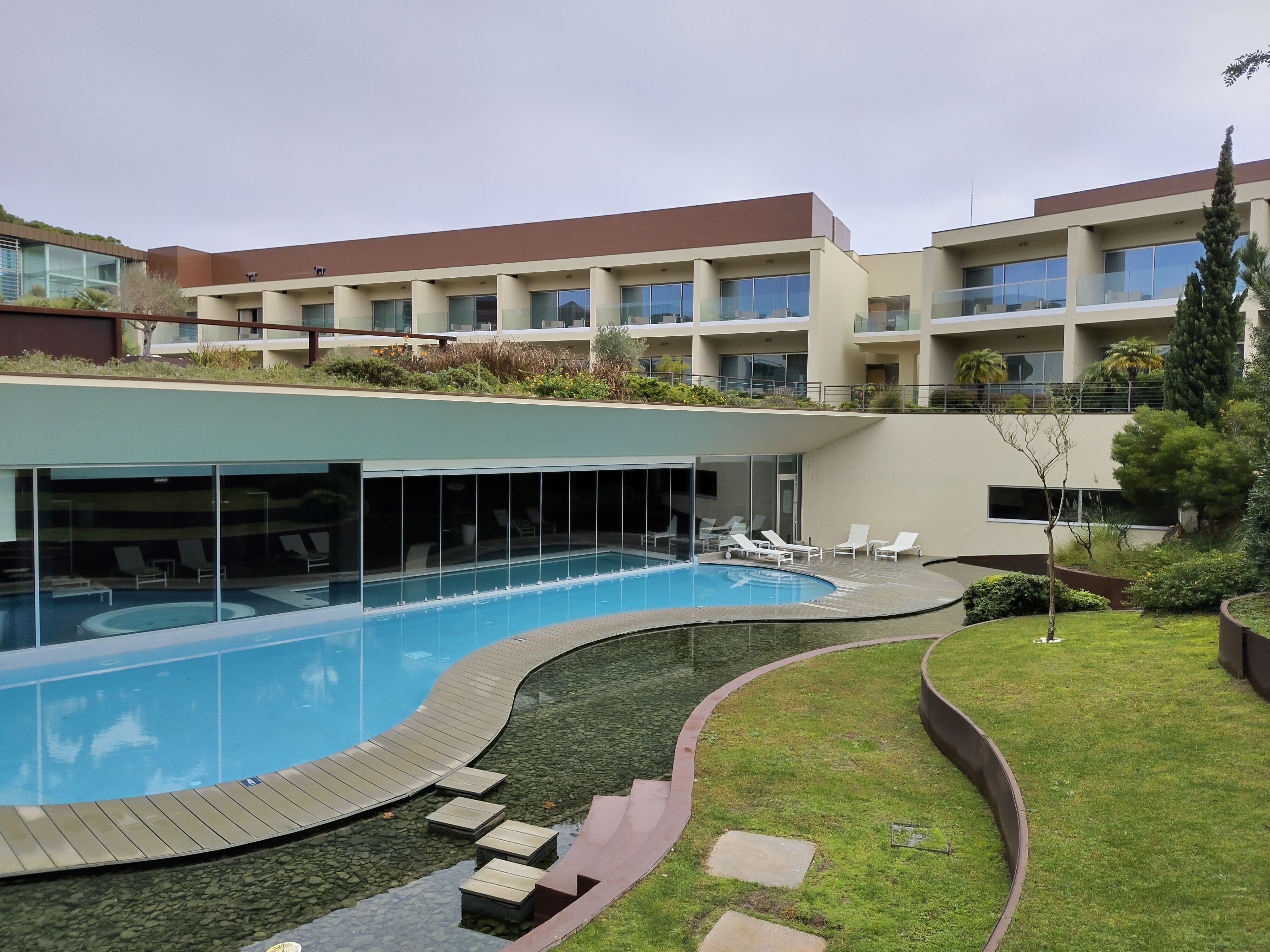
HMD is on a mission to establish itself as a new mobile phone brand. For those who don’t know, HMD was behind the Nokia Android devices that we’ve seen over the past decade, having acquired the licence to that iconic phone brand.
But that licence is coming to an end. So what comes next? A run of devices that are HMD branded, and the emergence of a “new” phone brand. That means that we’re not yet looking at flagship devices, instead the company wants to bring innovation, sustainability and value for money, with a focus on the mid range.
That’s exactly where the HMD Skyline lands, as a mid-range device, user-repairable and at a fairly affordable price. What the Skyline is better known for, however, is the retro design that brings back memories of Lumia devices of old. Does its retro charm and future-facing responsible stance pay off?
HMD Skyline: Pricing & Availability
The HMD Skyline was announced in July 2024 and is now on sale. It starts at £400 / $500 for the 8/256GB model, with the 12/256GB model coming in at £500 or AU$899. Not all versions of the phone are available in all regions.
The price sees it as a competitor of the Google Pixel 8a or the Motorola Edge 50 Neo, so it has some serious competition.
HMD Skyline review: What’s new?
Just about everything is new here. HMD is only just starting its journey into smartphones, so there really is no previous device that the Skyline follows.
This is a more serious crack at a mid-range smartphone than the HMD Pulse, again looking for something unique and not just being 'another Android phone'.
HMD Skyline review: Design & Display

The design will be the first thing that hits you went it comes to the HMD Skyline. It comes in Blue Topaz, Neon Pink and Twisted Black colours – the Topaz and Pink (pictured here) bringing real vibrancy to proceedings.
But it’s the shape of the body that you’re likely to enjoy, especially if you remember those Nokia Lumia phones through the 2010s. There are squared corners, with the front and rear set into the frame, curved sides and flattened ends. The result is that this phone isn’t as compact as some, but it looks unique.
That imparts the sense that someone designed this phone, rather than just plopped it off a production line looking like every other device out there. It’s actually a nice phone to hold – it feels solid – even if the 8.9mm is fairly hefty, along with the 209.5g weight.
The frame is recycled aluminium, while the rear is tempered glass – and I love the matte finish to it. The front gets Gorilla Glass 3 – not the highest level of Corning’s strengthened glass – but it's befitting of the price point. The entire package gets an IP54 rating, so it’s splash proof rather than submersible.
Some of this design is in place to lend itself to the repairability that this phone offers. You’ll be able to replace the back, the display, battery or the charging port on this phone yourself, with instructions and parts from iFixit. The aim is to reduce the number of phones that end up in landfill because they get damaged, but with only 3-years of updates for this device, the software promise doesn’t really match the longevity proposition that repairability offers.

The display is flat with a fairly wide bezel around the edges. It has a 6.55-inch diagonal measure, with 2400 x 1080 resolution. It’s an OLED display, so offers great vibrancy and colours and interestingly it offers a 144Hz fast refresh rate.
If you want that fastest refresh then you have to select it manually: you can also choose 60 or 120Hz, but there’s an auto option that will give you up to 120Hz based on what you’re doing. Brightness is rated at 1000 nits and that’s a little behind the curve now.
Ultimately, that means that some content – like your photos – don’t have the pop that they do on other devices. It’s not just flagship phones offering higher brightness these days either – even the Motorola Edge 50 Neo has 3000 nits. Still, there’s ample brightness when it comes to using the phone and even though it lacks those higher peaks, it’s still visible in all but the brightest sunshine.
The HMD Skyline doesn’t have an in-display fingerprint sensor, instead using a sensor in the power button. I found this to be fast enough to unlock, but it gives haptic feedback whenever you touch the button and it doesn’t read your finger properly. The result is that when you’re walking around gripping the phone, it vibrates constantly whenever you brush the button with your palm. You can’t turn this off – the only way to get rid of it is to turn off haptics at a system level, which means you don’t get them anywhere.
HMD has also equipped the Skyline with an action button – yes, just like the iPhone. This can be programmed for a double-press or long-press and can be used to launch various apps or features. It can be used to turn on the torch, give instant access to Google Wallet, open ChatGPT conversations, or call an Uber. It’s actually really handy.
HMD Skyline review: Performance & Battery

Powering the HMD Skyline is the Snapdragon 7s Gen 2, with 8 or 12GB RAM and 128 or 256GB storage – but there’s a microSD card slot if you wish to further expand that. Overall that spec marks the Skyline out as a mid-range device, as that Snapdragon processor sits below flagship level.
But the day-to-day experience that this hardware offers is smooth. In daily tasks like browsing your social media or working through your Gmail, it really makes little difference to higher-powered hardware. Where you’ll notice the difference is in things like gaming, where hardcore games will increase the demands on the phone, leading to warming and consuming plenty of battery life along the way.
Theres a 4600mAh battery in the HMD Skyline – which isn’t huge given the size of this phone. It supports 33W wired charging and it’s also Qi2 certified for wireless charging up to 15W, so this phone should be primed to work with Qi2 accessories (designed to be faster and more efficient). The battery life is good and you won’t struggle to make it through the day with this phone.
The HMD Skyline launches on Android 14 and there are 3 years slated for support. That’s not hugely long compared to the likes of Google and Samsung, which now set the standard with 7 years of updates. The reality is that once you hit 3 years, your phone won’t be getting new features or security updates – and that sort of runs counter to the green ambitions that HMD talks about.
If this phone had longer support, the repairability or the ability to replace the battery might make more sense (smartphone batteries have a limited lifespan, often noticeably degraded after 3 years). As it is, should you try to run this phone for as long as possible, you might find it’s the software that holds you back.
But the software loadout is pretty clean: there are minimal additions, a handful of pre-installed apps, but otherwise it’s a solid Android experience. One of the things that HMD is pushing is its Detox Mode. This is designed to give you a break from things like social media apps by allowing you to switch them off so they vanish from your phone temporarily. That can be for a limited period like a couple of hours – or it can be for days. The idea is to give you a self-enforced break, remove the distraction and so you can focus on the real world.
HMD Skyline review: Cameras

There’s a 108-megapixel main camera on the Skyline, supported by a 13-megapixel ultrawide and a 50-megapixel telephoto (for 2x optical zoom). HMD offers zoom up to 4x in the camera app, but the 3x and 4x zoom come from the cropped main sensor. That’s worth remembering, because using that zoom won’t give you results that are as good as if you move a little closer with the 2x lens.
There’s also inconsistency in the colours you get between the ultrawide and the main camera, so you might need to do a little correction if you want consistency between photos shot with different lenses.











Otherwise, the camera is pretty good. It takes decent shots in most conditions, as long as you’re working with the main camera at 1x or the telephoto at 2x. It’s no expert in the dark and that means it can’t touch the performance that you get from the Pixel 8a – which is a direct rival.
There are some interesting photo options in the camera app, with a focus peaking option really useful for telling you what’s actually in focus. But I found the Beauty shortcut in the viewfinder irritating because the slightest touch – for example when tapping the zoom options – would open up the beauty slider, which then requires a back swipe to get away from.
HMD Skyline review: Verdict

The HMD Skyline is an interesting phone, setting up the proposition of easy device repair, reintroducing a nostalgic design, and hitting a few core specifications to give you a decent experience. While the camera can be bettered by rivals, the overall performance of the Skyline will suit those looking for a device without spending big.
But the lack of software support throws up a barrier: when Samsung and Google are offering so much more support, the temptation to choose from one of those more established brands remains – especially when the Skyline's repairability unique sell comes undone by the limitations of future software lacking.
Also consider
The obvious rival to the HMD Skyline is the Google Pixel 8a. The more affordable Pixel phone has more core power and a better performing camera, backed up by 7 years of software updates. The display is smaller and the design perhaps isn’t as eye-catching as the HMD phone, while the Pixel doesn’t offer Qi2 charging support either.
Motorola is the closest other brand when it comes to clean Android software and the Edge 50 Neo is smaller, but superior. If you’re looking for a phone of comparable size to the HMD Skyline, then the Moto Edge 50 Pro is worth a look, as recent discounts means it’s likely to be close in price.







